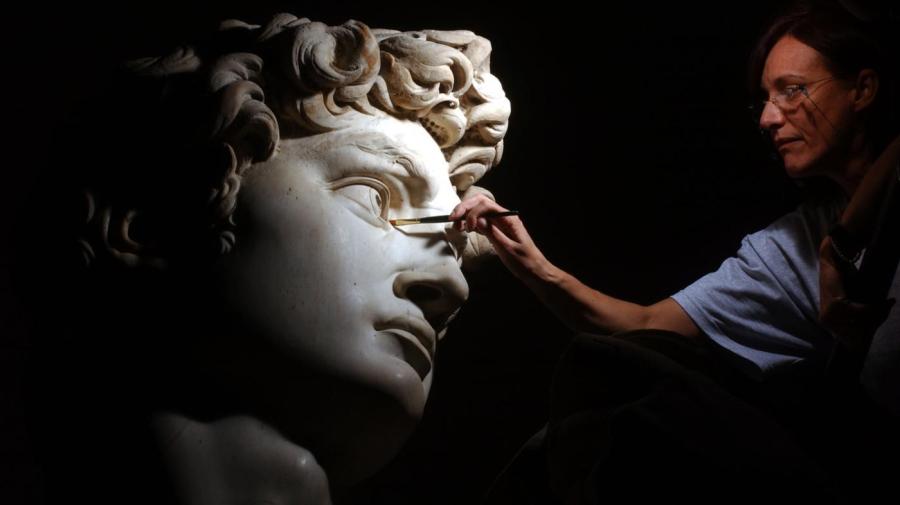How Did Michelangelo Contribute to the Renaissance?

Michelangelo created works of art during the Italian Renaissance period that were intense and provided a blend of physical realism and psychological insight, many of which have been well-preserved over the years. He received commissions from a number of rich and powerful men in his day.
Two of Michelangelo’s most famous works are the statue David and the Sistine Chapel ceiling paintings. In 1501, Michelangelo sculpted the David for Florence’s Duomo. The depiction is Michelangelo’s take on David from the Old Testament, and the sculpture is considered nearly perfect, among academics.
The ceiling of the Sistine Chapel was supposed to be a painting of the 12 apostles, but Michelangelo had other plans. He painted seven prophets and five sibyls around the border, and then within the central space he painted scenes from Genesis; this project project took over 4 years.





